If you are willing to be a chef in the future, then this blog can be very useful for you because I’m going to discuss a very important topic for chefs, which is HACCP (Hazard Analysis Critical Control Point). According to the FDA (Food and Drug Administration), HACCP is a management system in which food safety is addressed through the analysis and control of biological, chemical, and physical hazards from raw material production, procurement, and handling, to manufacturing, distribution, and consumption of the finished product.
HACCP is a policy that identifies the risks during culinary activities and controls the hazards. HACCP is usually followed by restaurant food processing organizations such as the FDA and USDA. It’s not necessary for any restaurant to follow, but there are many benefits to following HACCP.”
Breakdown
Basically there are 7 steps of HACCP
1. Conducting Hazard Analysis
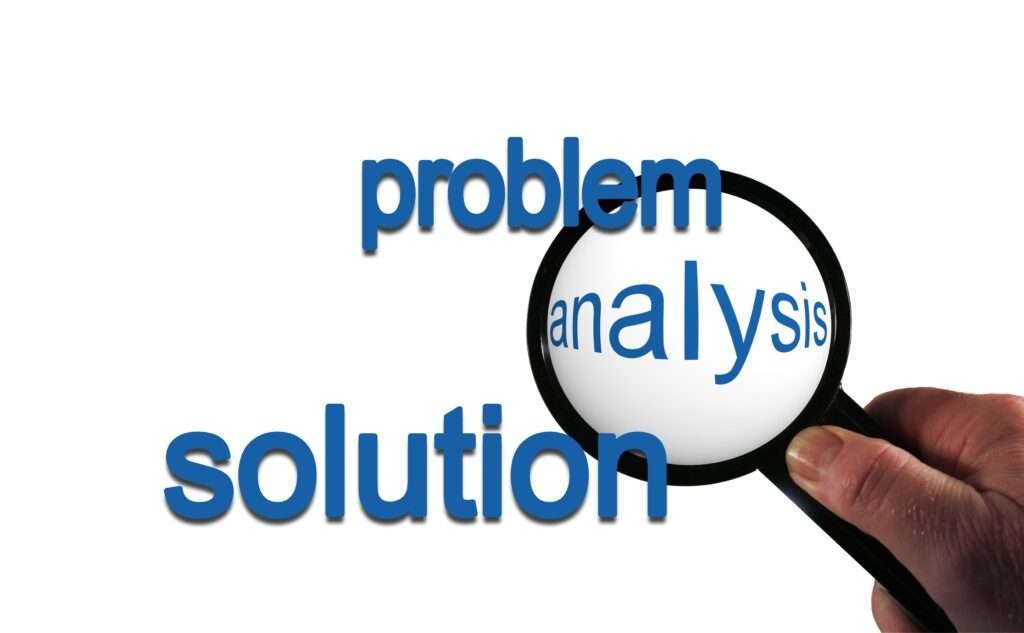
Hazard Analysis involves identifying potential biological, chemical, and physical hazards that may occur at each stage of the food production process. Whatever you are cooking, you should be able to identify the hazards through Hazard Analysis.
There are four types of hazards:
- Physical Hazard: These encompass foreign objects such as glass, metal, plastic, stones, and other contaminants that may accidentally enter the food during production and processing, posing a choking hazard or causing injury.
- Chemical Hazard: These include substances such as cleaning agents, pesticides, food additives, allergens, and toxins that can inadvertently enter the food supply chain and pose health risks to consumers.
- Microbiological Hazard: These include microorganisms such as bacteria, viruses, parasites, and fungi that can contaminate food and cause foodborne illnesses.
2. Identify the Critical Control Point (CCP)

If you encounter any hazards during food processing, you should involve CCPs (Critical Control Points). You have to determine how to prevent, reduce, or eliminate the hazard. For example, keeping cooked food and raw food together can pose a hazard, and identifying this potential issue is known as identifying the critical point.
3. Establish Critical Limit
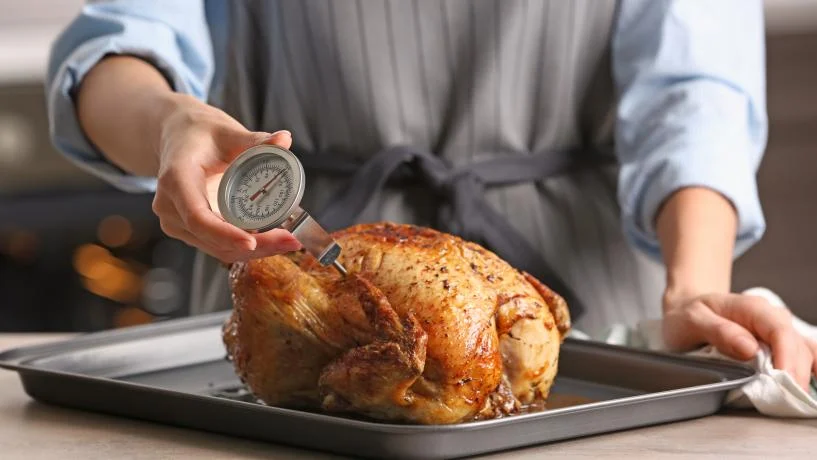
Critical limits are the maximum or minimum values that must be met to ensure food safety at each CCP. Every process has critical points in terms of temperature and time. When preparing any food, you should ensure that the temperature and time limits align with food safety standards. For example, when cooking a chicken dish, the critical limit is typically 165°F or 74°C to ensure thorough cooking and kill harmful pathogens. Additionally, the cooked chicken should be kept at a temperature above 140°F or 60°C before serving to prevent bacterial growth. These limits are usually determined based on scientific research, applicable regulations, and industry standards.
4. Establish procedure for Monitoring CCPs
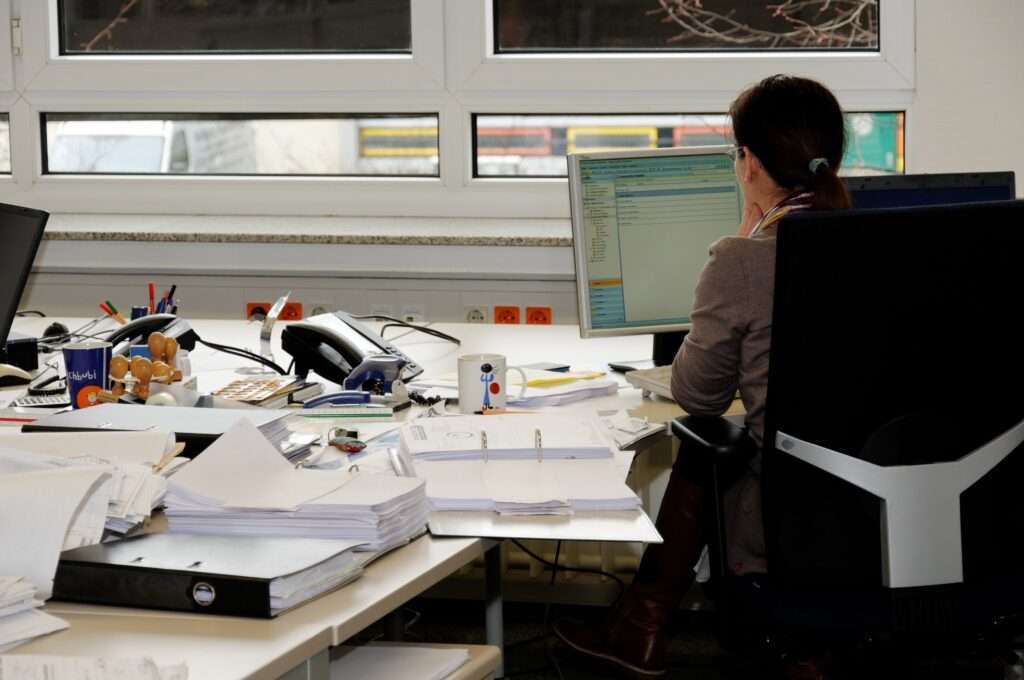
Continuous monitoring is essential to ensure that CCPs are under control and that critical points are being met. You should monitor your food at all times. For example, if your cooked chicken is not below the temperature of 60°C, you will need to monitor that. Similarly, if you are storing your food in a chiller, you must ensure that the temperature remains below 5°C or above 5°C, depending on the specific requirements. Monitoring activities may include visual inspections, temperature measurements, microbial testing, and chemical analysis, depending on the nature of the hazard and the control measure implemented.
5. Establish Corrective Action plan
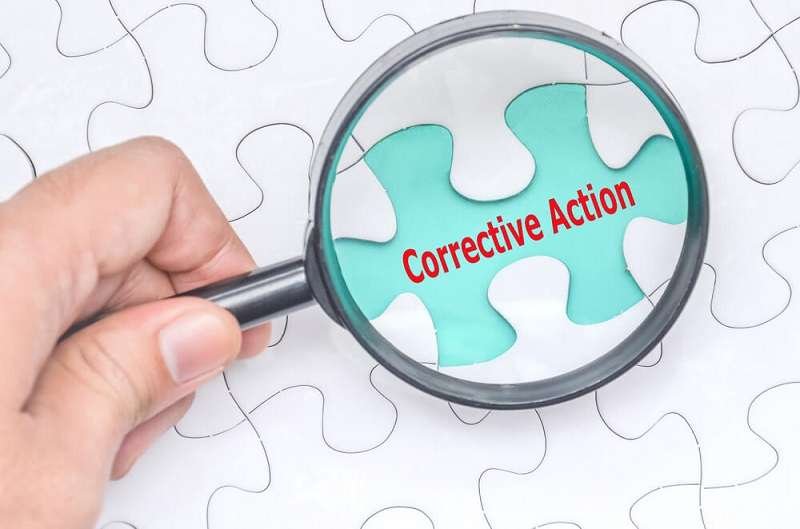
If monitoring indicates that a CCP is not under control or critical limits are not met, corrective actions must be taken to address the deviation and prevent unsafe food from reaching consumers. Corrective actions may involve adjusting process parameters, reworking or disposing of affected products, investigating the root cause of the deviation, and implementing measures to prevent recurrence. Immediate corrective action must be taken to rectify the process. For example, if you identify that the temperature of your chiller is dropping, you must inform the engineering department and promptly transfer all food to another chiller that is functioning correctly.
6. Develop a Verification system
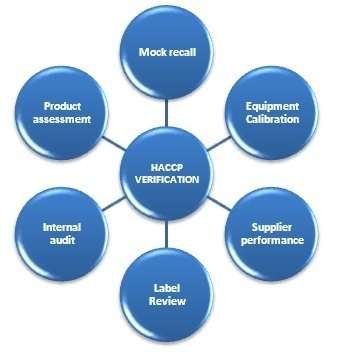
Verification ensures the entire HACCP system’s effectiveness. It confirms that if the HACCP plan is followed, safe food will be produced for the final consumer. Verification activities can be conducted by individuals within the company, third-party experts, and regulatory agencies. It is important that individuals conducting verification activities possess appropriate technical expertise to fulfill this function.
7. Setup a Record keeping system

All types of kitchen documentation should be kept on hand to oversee that kitchen procedures are following the SOP (Standard Operating Procedures). These documents primarily focus on time, temperature, logs, checklists, and sanitation. Maintaining accurate records is essential for documenting HACCP activities, including hazard analysis, CCPs, critical limits, monitoring results, corrective actions, verification procedures, and any other relevant information. Records provide a historical account of food safety efforts and serve as evidence of compliance with regulatory requirements.
